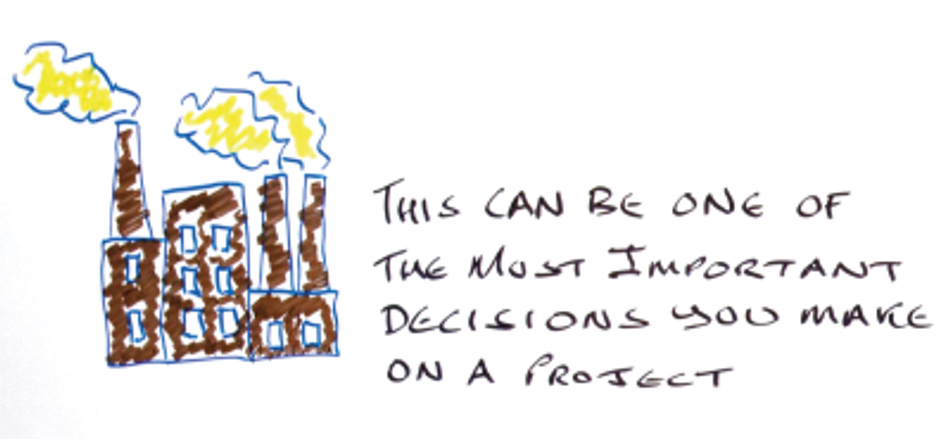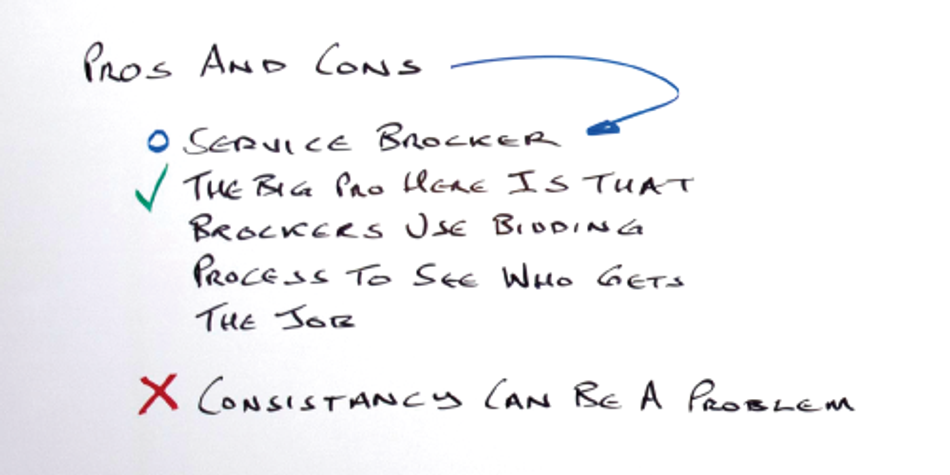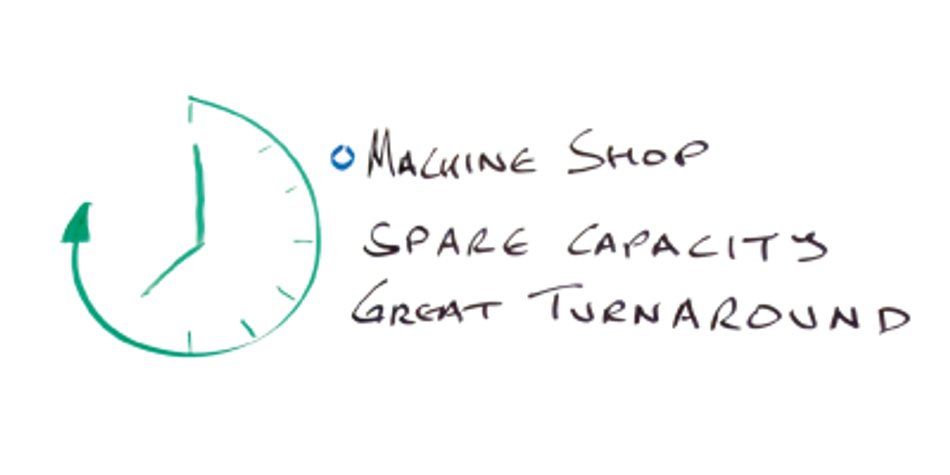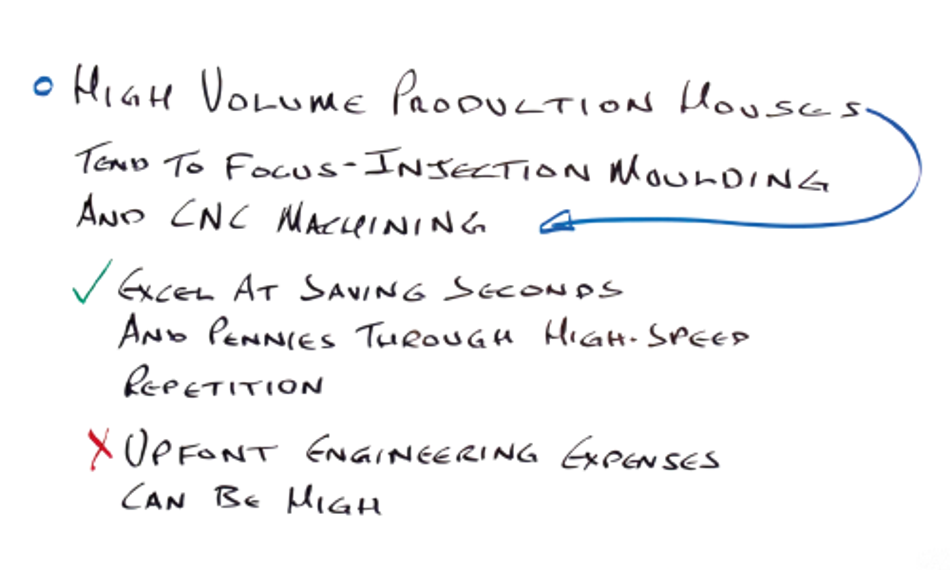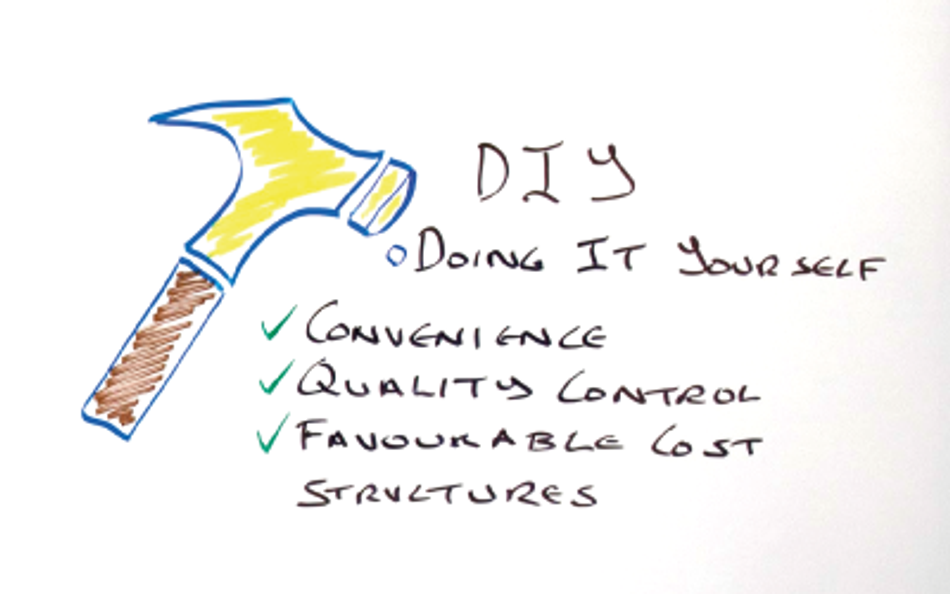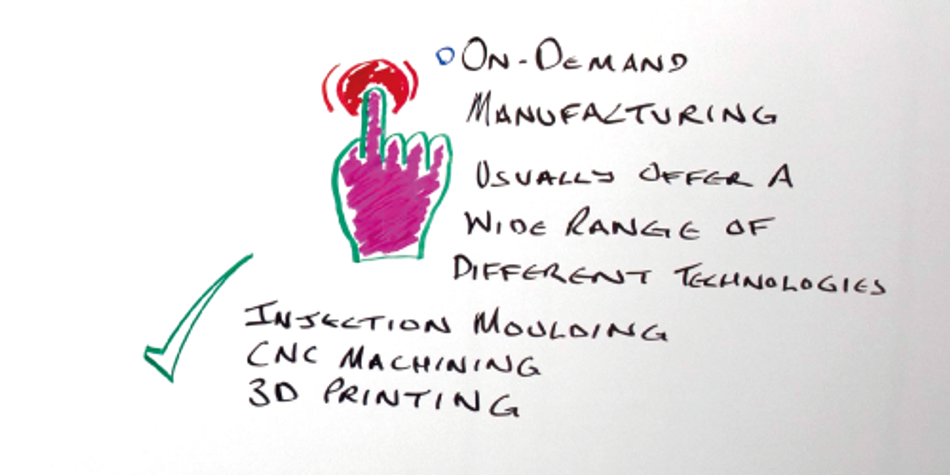The Protolabs Insight video series will help you master digital manufacturing.
Every Friday we’ll post a new video – each one giving you a deeper Insight into how to design better parts. We’ll cover specific topics such as choosing the right 3D printing material, optimising your design for CNC machining, surface finishes for moulded parts, and much more besides.
Never miss an Insight by subscribing here.
The following Insight video is CPD accredited, once you have viewed this video answer a few questions to gain your CPD certificate.
Insight: Choosing a Manufacturing Source
Transcript
Hi, it’s Friday, which means it’s time for another Insight video.
We have a particularly interesting topic on the cards this week, or at least I think it is. That’s because today we’re going to be having a quick chat about how to choose the right manufacturing source.
This can be one of the most important decisions you make on a project, and can easily make the difference between glowing success and not-so-glowing failure. You’ll need to be certain the option you pick fits your needs exactly, whether you want someone to handle your project as a one-off or plan to develop a long-term production relationship with them.
Just to be up-front, we don’t think there’s an objectively best option to choose every single time. Rather, they all come with their own strengths and weaknesses, some of which will suit certain projects and products better than others.
For that reason we’re going to run through a handful of the most common options out there, and point out a few pros and cons to each.
First up is a service broker. The idea is that they’ll meet with you, find out what you need and match you up with an appropriate manufacturer with minimal work on your end.
The big pro here is that brokers use a bidding process to see who gets the job, and this can sometimes generate savings as manufacturers compete for your business. This is great; reduced costs are always welcome.
Cons? Consistency can be a problem, as the different orders you place through them can end up being handled by different shops across the country. There’s also a real risk that things don’t go as fast as you would like, partially because you need to leave time for the broker to gather bids, and partially because the capacity of their suppliers might be a bit variable. You’re leaving a lot on trust, here.
If that’s an issue you might want to go the complete opposite direction and get in touch with an independent machine shop.
These types of supplier are usually quite small and highly specialised. If you have a fairly conventional project planned out this isn’t a huge benefit, but if you’re going to work with a difficult or unusual material, finding the right shop with the right expertise can be a godsend. Another pro is that if they have the spare capacity, small shops can have great turnaround time.
Of course, one of the cons of working with such a small business can be limited capacity if other clients are calling too. Shops with an industry specialism, or those working with unusual materials, can also be more expensive due to the high-end machines required.
Continuing along the theme of contracts, we have high-volume production houses.
These tend to focus on injection moulding and CNC machining, and keep unit prices down by manufacturing thousands or millions of parts. They excel at saving seconds and pennies through high-speed repetition, but upfront engineering expenses can be high.
In the pros column, we have the fact that – despite what you might initially think – the quality control tends to be very good. Response times are also good, as are the costs.
Of course, those last two points come with the caveat “for high-volume orders.”
If you need small quantities of parts, these suppliers are going to struggle to be competitive, and prototyping probably isn’t going to be cost effective. You can also face some upfront delays if the supplier has to source equipment to produce your part.
Next on our list is in-house production. That is to say, doing it yourself.
This option offers great convenience, great quality control and favourable cost structures.
However, you’re going to require a decent amount of capital investment, somewhere to store materials and skilled staff to operate the machines. On top of this you can run into long lead times, as in-house shops often operate at capacity, and you may find that you still need to outsource during periods of high demand.
Speaking of, we finally turn to on-demand manufacturing services.
These usually offer a wide range of different technologies, such as injection moulding, CNC machining and 3D printing. You can also expect benefits like automated online quoting and design-for-manufacturability analysis.
Among the big pros are consistent quality control and great turnaround speed – we can be talking as little as a single day in some cases. You also get a wide range of services and plenty of flexibility, which isn’t to be undervalued.
In the cons column we have some questions over capacity for smaller services, as well as some higher initial set-up costs.
Right, that was a lot of information right there, but hopefully it cleared up some questions. Or, at the very least, gave you an idea of which questions you should be asking.
Until next time.


